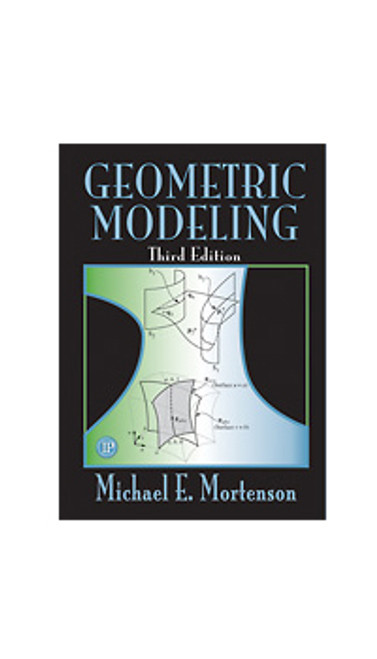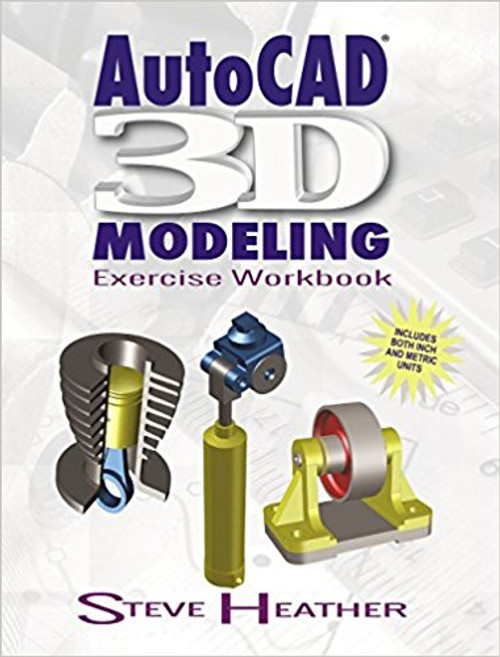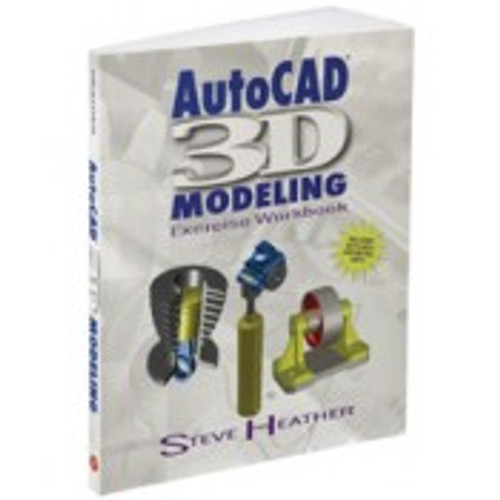380 pages, Illustrated
Published: April, 2007
ISBN 9780831133382
Overview
Written from a mathematical standpoint accessible to students, teachers, and professionals studying or practicing in engineering, mathematics, or physics, the new second edition is a comprehensive introduction to the theory and application of transformations. Presenting the more abstract foundation material in the first three chapters, Geometric Transformations in 3D Modeling reduces the clutter of theoretical derivation and development in the remainder of the text and introduces the operational and more application-oriented tools and concepts as the need arises. It assumes the reader has already taken analytic geometry and first-year calculus and has a working knowledge of basic matrix and vector algebra. This self-contained resource is sure to appeal to those working in 3D modeling, geometric modeling, computer graphics, animation, robotics, and kinematics.
Features- Explores and develops the subject in much greater breadth and depth than other books, offering readers a better understanding of transformation theory, the role of invariants, the uses of various notation systems, and the relations between transformations.
- Describes how geometric objects may change position, orientation, or even shape when subjected to mathematical operations, while properties characterizing their geometric identity and integrity remain unchanged.
- Presents eigenvalues, eigenvectors, and tensors in a way that makes it easier for readers to understand.
- Contains revised and improved figures, with many in color to highlight important features.
- Provides exercises throughout nearly all of the chapters whose answers are found at the end of the book.
Geometry
- What Is Geometry
- History
- Geometric Objects
- Space
- Geometry Is…
- E Pluribus Unum – Transformation and Invariance
- Functions, Mappings, and Transformations
- Linear Transformations
- Geometric Invariants
- Isometries
- Similarities
- Affinities
- Projectivities
- Topological Transformations
- Introduction to Linear Vector Spaces
- Basis Vectors
- Eigenvalues and Eigenvectors
- Tensors
- Translation
- Rotation
- Composite Motion
- Kinematics
- Central Inversion
- Reflections in the Plane
- Reflections in Space
- Summary of Reflection Matrices
- Symmetry Basics
- Symmetry Groups
- Ornamental Groups
- Polygonal Symmetry and Tiling
- Polyhedral Symmetry
- Isotropic Dilation
- Anisotropic Dilation
- Shear
- Projective Geometry
- Parallel Projection
- Central Projection
- Map Projections
- Display Projection
- Linear and Nonlinear Equations
- Inversion in a Circle
- Curvilinear Coordinate Systems
- Deformations
- Answers to Selected Exercises







